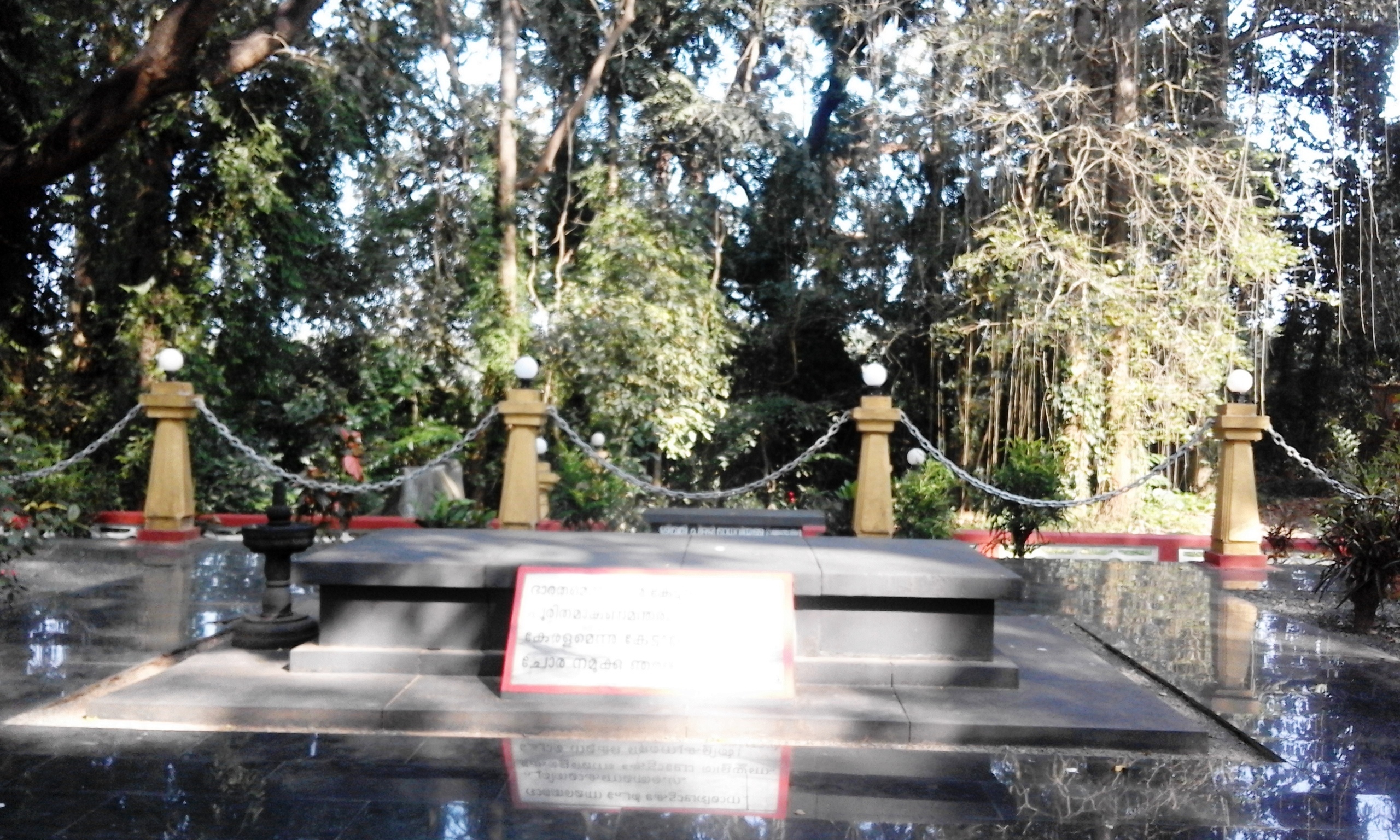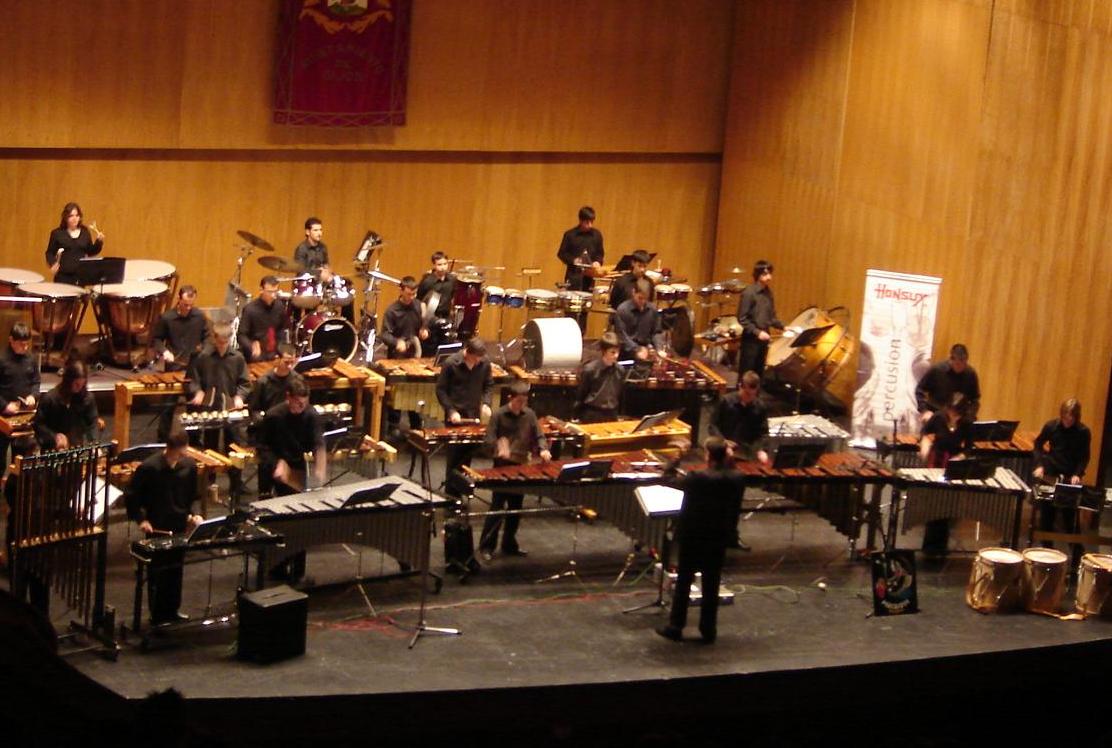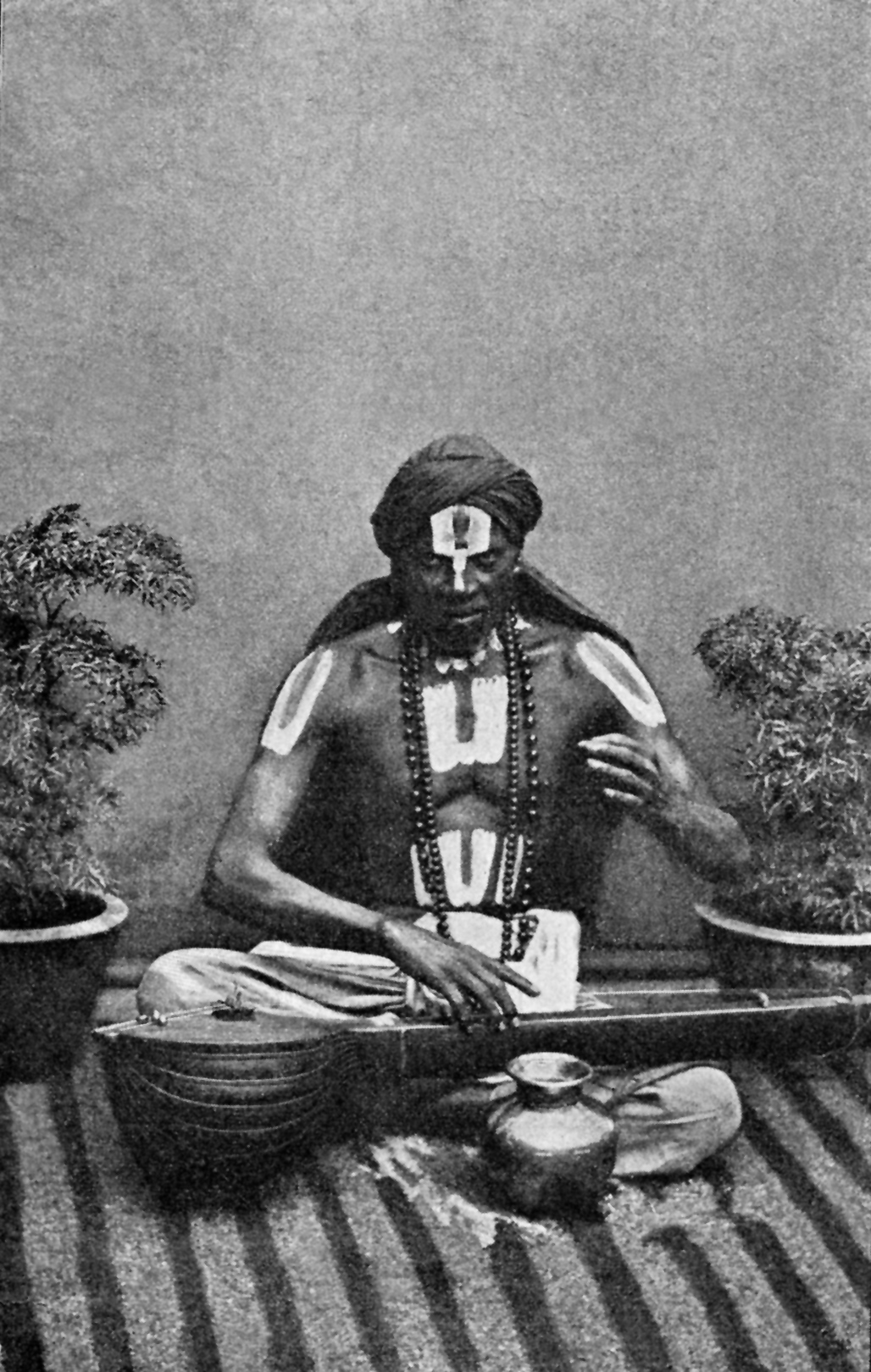|
Parisha Vadyam
ParishaVadyam is a genre of percussion music that originated before centuries in Ramamangalam, when Panchavadyam was not there in the mainstream. Or in other words we can call Parisha Vaadyam "The Mother of Panchavadyam". Like Panchavadyam and all other Melams, Parishavaadyam also characterised by a pyramid like rhythmical structure. Parishavaadyam was being performed in southern and central Kerala during the "Prathishta" (placing) and at the time of "Abhisheka" of "Bramhakalasa". Later this place occupied by Panchavadyam. Parishavaadyam comprises main instruments Thimila, "Achan Chenda" ("Veekkan Chenda") and "Ilathalam" accompanied by wind instrument "Kombu" and "Idakka". In Parishavaadyam "Manodharma" (improvisation) is not applicable as the beats are pre-set. There are two stages in Parishavaadyam. First stage bases on beats in ‘Ekataala’ known as "Ottakkol and Irikida". Its pendulum beats in the first stage where the Thimila players can perform between the time of fi ... [...More Info...] [...Related Items...] OR: [Wikipedia] [Google] [Baidu] |
Ramamangalam
Ramamangalam is a village in Ernakulam district in the Indian state of Kerala, it lies between Kolenchery, Piravom and Muvattupuzha towns. This small town lies in the Muvattupuzha taluk. Demographics India census, Ramamangalam had a population of 9999 with 5070 males and 4929 females. Location Notable people *E. P. Poulose E. P. Poulose (2 October 1909 – 17 November 1983) was an Indian lawyer and politician who served in the Kerala Legislative Assembly from 1957 until 1965, representing the Ramamangalam constituency. A member of the Indian National Congress, Po ... (1909–1983), politician References Villages in Ernakulam district {{Ernakulam-geo-stub ... [...More Info...] [...Related Items...] OR: [Wikipedia] [Google] [Baidu] |
Pandi Melam
Pandi melam is a classical percussion concert or melam (ensemble) led by the ethnic Kerala instrument called the chenda and accompanied by ilathalam (cymbals), kuzhal and Kombu. A full-length Pandi, a melam based on a thaalam ( taal) with seven beats, lasts more than two-and-a-half hours, and is canonically performed outside temples. It has basically four stages, each of them with rhythmic cycles (thaalavattam) totalling 56, 28, 14 and seven respectively. The most celebrated Pandi Melam is staged inside a temple compound at the ''Vadakkunnathan'' shrine's precincts in the central Kerala town of Thrissur. For the last several years, Peruvanam Kuttan Marar is the lead conductor for this symphony of drums known as ''Elanjithara Melam''. Elsewhere, like in the pooram festivals of Aarattupuzha and Peruvanam near Thrissur and the rest of central and northern Kerala, it is performed outside temples. Another ensemble called Panchari Melam, which is similar to Pandi going by the kin ... [...More Info...] [...Related Items...] OR: [Wikipedia] [Google] [Baidu] |
Panchari Melam
Panchari Melam is a percussion ensemble, performed during temple festivals in Kerala, India. Panchari Melam (or simply panchari), is one of the major forms of Chenda Melam (ethnic drum ensemble), and is the best-known and most popular in the ''kshetram vadyam'' (temple percussion) genre. Panchari Melam, comprising instruments like Chenda, Ilathalam, Kombu and Kuzhal, is performed during many temple festivals in central Kerala, where it is presented in arguably the most classical manner. Panchari is also traditionally performed, albeit with a touch of subtle regional difference, in north Kerala (Malabar) and south-central Kerala (Kochi). Of late, its charm has led to its performance even in temples in Kerala's deep south. Panchari is a six-beat thaalam ( taal) with equivalents like Roopakam in south Indian Carnatic music and Daadra in the northern Hindustani classical. Another Chenda Melam which comes close to Panchari in prominence and grammatical soundness, is Pandi Melam, pe ... [...More Info...] [...Related Items...] OR: [Wikipedia] [Google] [Baidu] |
Thayambaka
Thayambaka or tayambaka is a type of solo chenda performance that developed in the south Indian state of Kerala, in which the main player at the centre improvises rhythmically on the beats of half-a-dozen or a few more chenda and ilathalam players around. Performance A thayambaka performance on the chenda has thus its focus on the stick-and-palm rolls produced on the itantala (treble) of the chenda, while the rhythm is laid by his fellow instrumentalists on the (bass) and ( cymbals).Simon Broughton, Mark Ellingham. ''World Music'', vol. 2, p. 97 (contributor Rolf Killius). Rough Guides, 2000. Thayambaka, believed to have flourished during the feudal era, spans an average of 90 minutes. It begins at a slow pace before scaling on to a medium tempo and eventually culminating in high, frenzied speed. It has a skeletal pattern on which the performance progresses, but the main performer has the liberty to improvise and innovate to showcase his grip of rhythm, finesse of techniqu ... [...More Info...] [...Related Items...] OR: [Wikipedia] [Google] [Baidu] |
Kerala Kalamandalam
Kerala Kalamandalam, deemed to be University of Art and Culture by the Government of India, is a major center for learning Indian performing arts, especially those that developed in the Southern states of India, with the special emphasis on Kerala. It is situated in the small town of Cheruthuruthy in Thrissur, Thrissur District on the banks of the Bharathapuzha river. History The inception of Kalamandalam gave a second life to three major classical dance performing arts of Kerala as Kathakali, Kudiyattam and Mohiniyattam were, by the turn of the 20th century, facing the threat of extinction under various regulations of the colonial authorities. It was at this juncture, in 1927, that Vallathol Narayana Menon and Mukunda Raja came forward and formed a society called Kerala Kalamandalam. They solicited donations from the public and conducted a lottery in order to raise funds for this society. Kerala Kalamandalam was inaugurated in November 1930 at Kunnamkulam, Kakkad, and was lat ... [...More Info...] [...Related Items...] OR: [Wikipedia] [Google] [Baidu] |
Music Of Kerala
The music of Kerala has a long and rich history. It is not the same as Malayalam poetry, although most of it is poetry driven. Kerala has a rich tradition in Carnatic music. Songs formed a major part of early Malayalam literature, which traces its origin to the 9th century CE. The significance of music in the culture of Kerala can be established just by the fact that in Malayalam language, musical poetry was developed long before prose. With the development of music in the region, different branches were formed out of it. History The earliest written record of Malayalam is the ''Edakal - 5'' inscription (ca. 4th Century CE). The early literature of Malayalam comprised three types of composition: *Classical songs known as ''Naadan Paattu'' *''Manipravalam'' of the Sanskrit tradition, which permitted a generous interspersing of Sanskrit with Tamil *The folk song rich in native elements Malayalam poetry to the late 20th century CE It is very unuseful data. varying degrees of t ... [...More Info...] [...Related Items...] OR: [Wikipedia] [Google] [Baidu] |
Kerala Music
Kerala ( ; ) is a state on the Malabar Coast of India. It was formed on 1 November 1956, following the passage of the States Reorganisation Act, by combining Malayalam-speaking regions of the erstwhile regions of Cochin, Malabar, South Canara, and Thiruvithamkoor. Spread over , Kerala is the 21st largest Indian state by area. It is bordered by Karnataka to the north and northeast, Tamil Nadu to the east and south, and the Lakshadweep Sea to the west. With 33 million inhabitants as per the 2011 census, Kerala is the 13th-largest Indian state by population. It is divided into 14 districts with the capital being Thiruvananthapuram. Malayalam is the most widely spoken language and is also the official language of the state. The Chera dynasty was the first prominent kingdom based in Kerala. The Ay kingdom in the deep south and the Ezhimala kingdom in the north formed the other kingdoms in the early years of the Common Era (CE). The region had been a prominent spice expor ... [...More Info...] [...Related Items...] OR: [Wikipedia] [Google] [Baidu] |
Percussion Ensembles
A percussion ensemble is a musical ensemble consisting of only percussion instruments. Although the term can be used to describe any such group, it commonly refers to groups of classically trained percussionists performing primarily classical music. In America, percussion ensembles are most commonly found at conservatories, though some professional groups, such as Nexus and So Percussion exist. Drumlines and groups who regularly meet for drum circles are two other forms of the percussion ensemble. Early literature George Antheil's ''Ballet Mécanique'' (1923) is one of the earliest examples of composition for percussion, written originally as a film score and exemplifying the ideals of the Italian futurist movement. Antheil originally called for sixteen synchronized player pianos, as well as airplane engines, alongside more traditional percussion instruments. Another early example, Cuban composer Amadeo Roldán's ''Rítmicas'' nos. 5 and 6 of 1930, made use of Cuban percussi ... [...More Info...] [...Related Items...] OR: [Wikipedia] [Google] [Baidu] |
Hindu Music
Hindu music is music created for or influenced by Hinduism. It includes Indian classical music, Kirtan, Bhajan and other musical genres. Raagas are a common form of Hindu music in classical India. The most common Hindu bhajan in North India is " Om Jai Jagdish Hare." The names of Gods are religiously chanted, often including Vishnu and his incarnations, Shiva and the Goddess (Parvati, Shakti, Vaishnodevi). A very common scale in Hindu music is 1 2 3 4 5 6 7, which can be harmonized into a chord progression. ''Bhajan'' A bhajan is a Hindu devotional song, often of ancient origin. Bhajans are often simple songs in lyrical language expressing emotions of love for the Divine, whether for a single God and Goddess, or any number of divinities. Many bhajans feature several names and aspects of the chosen deity, especially in the case of Hindu sahasranamas, which list a divinity's 1008 names. Great importance is attributed to the singing of bhajans with Bhakti, i.e. loving devotion ... [...More Info...] [...Related Items...] OR: [Wikipedia] [Google] [Baidu] |





